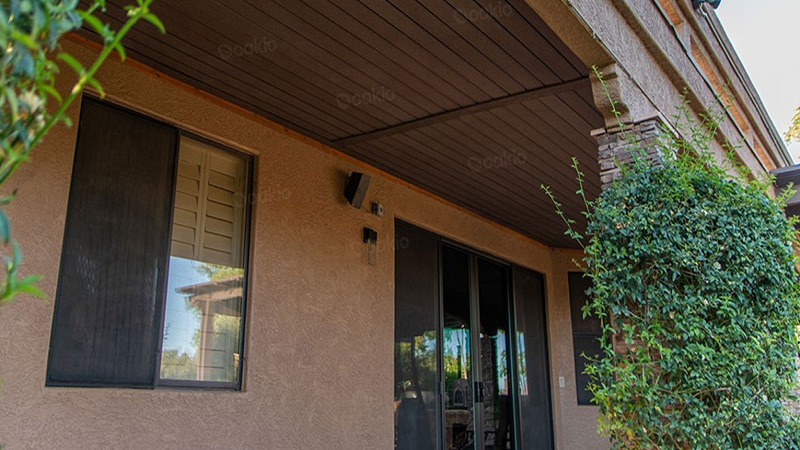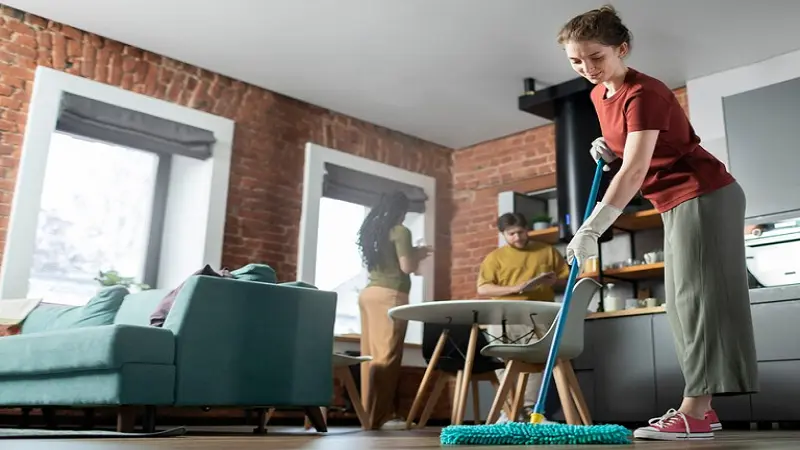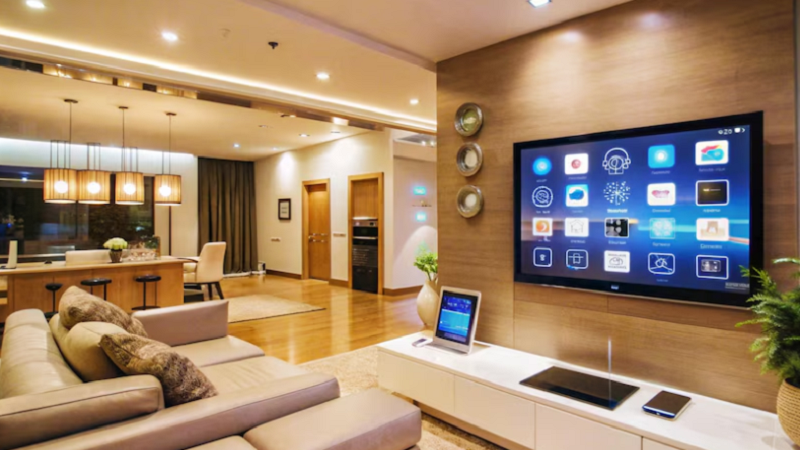Have you ever noticed how some homes pop with a modern, sleek look? That’s often thanks to composite cladding. It’s not just about aesthetics; composite cladding can significantly boost your home’s curb appeal and, in turn, its property value.
In this article, I’ll explain how composite cladding works. From its durable materials to the variety of styles available, you’ll learn why it’s becoming a go-to choice for homeowners looking to make a lasting impression. Whether you’re planning to sell or just want to spruce up your exterior, composite cladding might be the upgrade you didn’t know you needed.
What is Composite Cladding?
Composite cladding is an exterior finishing system that uses a blend of materials—usually wood fibers and plastic—to protect and decorate buildings. This type of cladding offers several benefits.
- Durability: Composite materials resist weathering, insect damage, and rot.
- Low Maintenance: They don’t require frequent painting or sealing.
- Variety: Available in numerous colors and styles.
Once, I helped a friend choose composite cladding for his renovation. It was simple to install, and it made a huge difference in the home’s curb appeal.
How Composite Cladding Boosts Curb Appeal and Property Value
Enhancing a home’s exterior with composite cladding can significantly impact curb appeal and property value. Its durability and variety appeal to those seeking aesthetic and functional upgrades.
Conceals Unsightly Cracks
Composite cladding works wonders in hiding cracks on exterior walls. These cracks can be unsightly caused by shifting foundations or extreme weather. Composite cladding covers them up seamlessly, presenting a smooth, polished exterior. A friend of mine covered her home’s cracking stucco with composite cladding. The transformation was remarkable; her property’s value increased almost immediately. The sleek finish made the cracks a distant memory.
Covers Defects in Exterior Walls
Exterior wall defects like uneven surfaces or discoloration can be an eyesore. Composite cladding masks these imperfections effectively. It creates a uniform appearance, enhancing the home’s overall look. For example, older homes with aging sidings often show wear and tear. Installing composite cladding offers a fresh facade, making defects invisible and restoring the home’s charm. This upgrade not only boosts curb appeal but also adds value to the property.
Benefits of Composite Cladding
Durability and Low Maintenance
Composite cladding combines wood fibers and plastic, producing a resilient material resistant to weather, insects, and rot. Once installed, it doesn’t need frequent painting or sealing. A friend recently installed composite cladding on his house and admires its low maintenance, especially during harsh winters. This material keeps its integrity and appearance without much upkeep.
Aesthetic Versatility
Composite cladding comes in various colors and styles, enabling homeowners to enhance their property’s curb appeal. It mimics natural wood or modern metallics, allowing flexibility in design choices. I helped a neighbor choose a contemporary gray composite cladding, which significantly modernized the house’s exterior and stood out in the neighborhood.
Increased Property Value
Homes with composite cladding often see an increase in property value. The enhanced curb appeal and practicality of low upkeep attract potential buyers. My experience with a friend’s property showed that the home value jumped considerably after cladding installation, making it an excellent investment for those looking to sell.
Environmental Benefits
Composite cladding offers substantial eco-friendly advantages. Made from recycled materials, it’s a sustainable option for homeowners aiming to reduce their carbon footprint. This kind of material not only lessens environmental impact but also contributes to more sustainable living practices. I’ve seen firsthand how it reduces waste, making it a responsible choice for exterior renovation.
Choosing the Right Composite Cladding for Your Home’s Style
Picking the right composite cladding involves matching it to your home’s architecture. First, consider the style of your home. Colonial homes often look great with wood-like textures, while modern homes benefit from sleek, metallic finishes. Personal taste plays a crucial role, too. I once helped a friend with a Victorian-style house; she chose a dark, wood-grain composite cladding that brought out the home’s charm.
Here are some tips to guide your choice:
- Research Different Styles: Various textures and colors can complement different architectural styles.
- Consider Your Environment: Darker shades might absorb more heat, while lighter ones reflect sunlight better.
- Evaluate Maintenance Needs: Choose a style that suits your maintenance routine. Anti-fade and weather-resistant options are ideal for busy homeowners.
- Assess Warranty Options: High-quality cladding often comes with extended warranties, offering peace of mind about durability.
Focusing on these factors can help you choose composite cladding that enhances curb appeal and property value.
Long-Term Cost Savings with Composite Cladding
Composite cladding offers long-term cost savings through its durability and low maintenance. Unlike traditional wood siding that needs frequent painting and repairs, composite cladding withstands weathering and insect damage. My home’s exterior, for instance, used to require yearly touch-ups, but installing composite cladding eliminated that annual expense.
Investing in composite cladding results in significant savings over time, as it reduces maintenance efforts and extends the exterior’s lifespan.
Installation Tips for Maximizing Curb Appeal
Proper planning makes composite cladding installation smoother and more effective. I remember helping a friend install their cladding, transforming their home’s appearance.
Steps to Follow:
- Preparation: Clean the exterior walls thoroughly to remove dirt and debris.
- Measure: Take precise measurements of the wall area.
- Cutting: Use a saw with fine teeth to cut the cladding panels to size.
- Installation: Start from the bottom, working upward, ensuring each panel locks correctly.
- Finishing Touches: Seal edges with trim to create a polished look.
Conclusion
Composite cladding offers substantial benefits for enhancing a home’s exterior. After installing it on my house, I noticed a significant boost in curb appeal. Unlike traditional wood siding, the product’s durability and low maintenance also saved me ongoing costs. These advantages make composite cladding a smart investment for any homeowner looking to improve property value. Plus, knowing it’s made from recycled materials adds an eco-friendly bonus.




